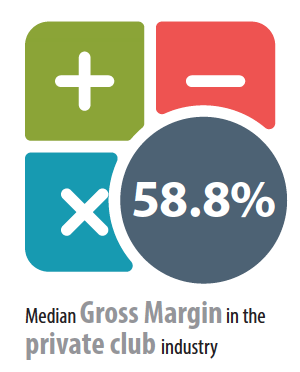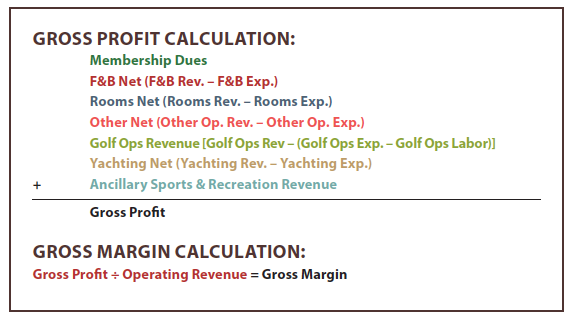 WHEN ASKED about the gross margin of their own enterprise, most successful business owners can give you an exact number, usually without any hesitation. Business owners keep close track of their gross margin because they recognize it as a critical indicator of financial health and sustainability.
WHEN ASKED about the gross margin of their own enterprise, most successful business owners can give you an exact number, usually without any hesitation. Business owners keep close track of their gross margin because they recognize it as a critical indicator of financial health and sustainability.
A private club is a business, regardless of its tax status or the purpose defined in its charter. Effective leadership of any business requires a keen understanding of critical drivers of that business, which leads us to an obvious question: Can a private club board govern effectively without a clear understanding of the club business and without knowing, with certainty, the gross margin of their club?
In clubs, as in any other business, gross margin is a key performance indicator of financial health. It is calculated as the ratio of gross profit to total operating revenue.
Club Benchmarking analysis of industry data has determined that the median gross margin in the club industry is around 60 percent. More precisely, the median for all clubs is 58.8 percent. It’s slightly higher for clubs with golf (59.9%) and lower (45.5%) for clubs without golf in their revenue mix.
Typically, variation in gross margin is related to the club’s mix of dues revenue and food and beverage (F&B) revenue. Clubs with lower gross margin tend to have a higher proportion of operating revenue coming from F&B (very low margin revenue) and a lower portion from dues (very high margin revenue).
Use the formulas below to calculate your club’s gross profit and gross margin. Gross margin is a key performance indicator and an important guidepost for effective club governance. To learn about other key performance indicators, visit clubbenchmarking.com/dashboard.




